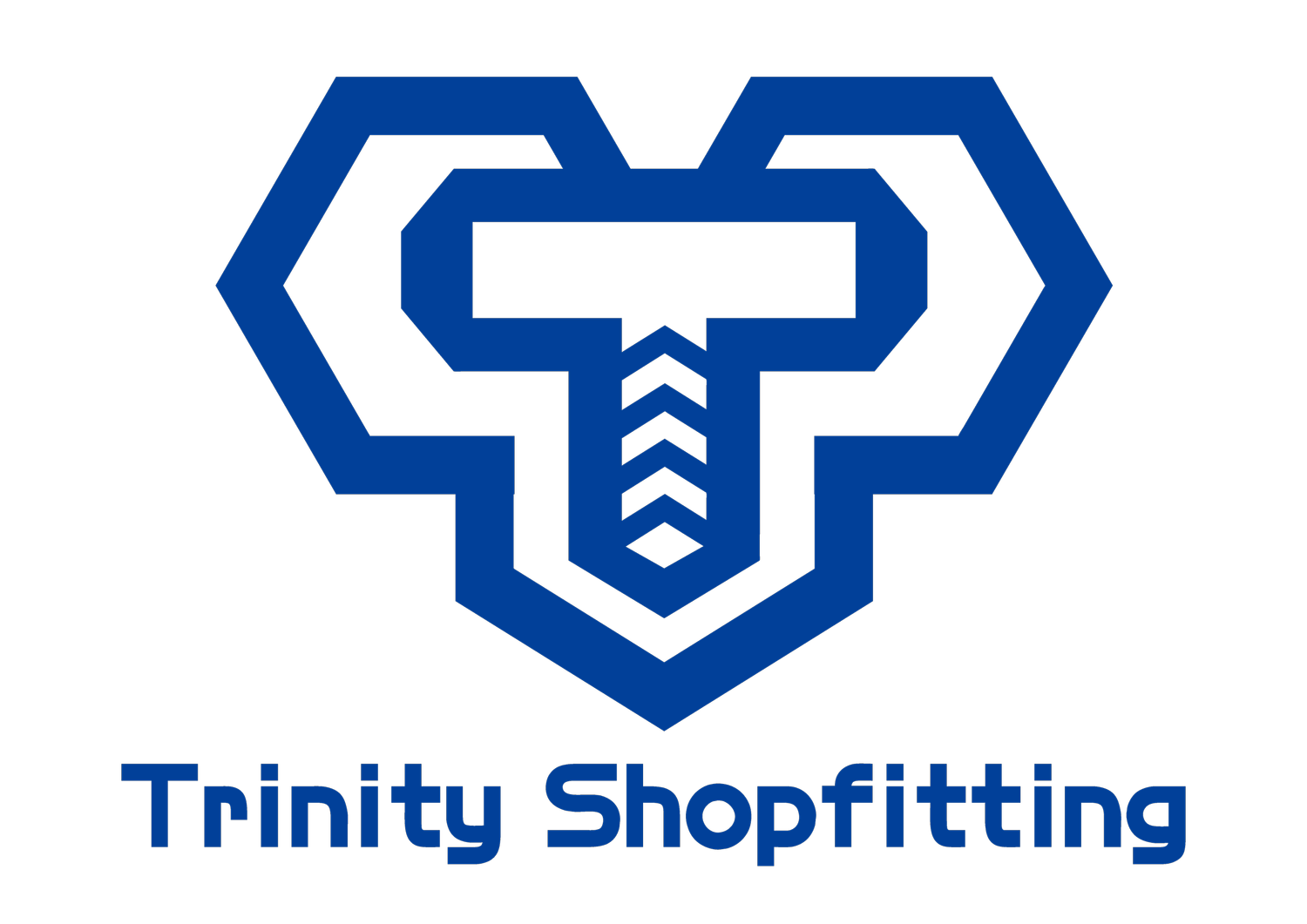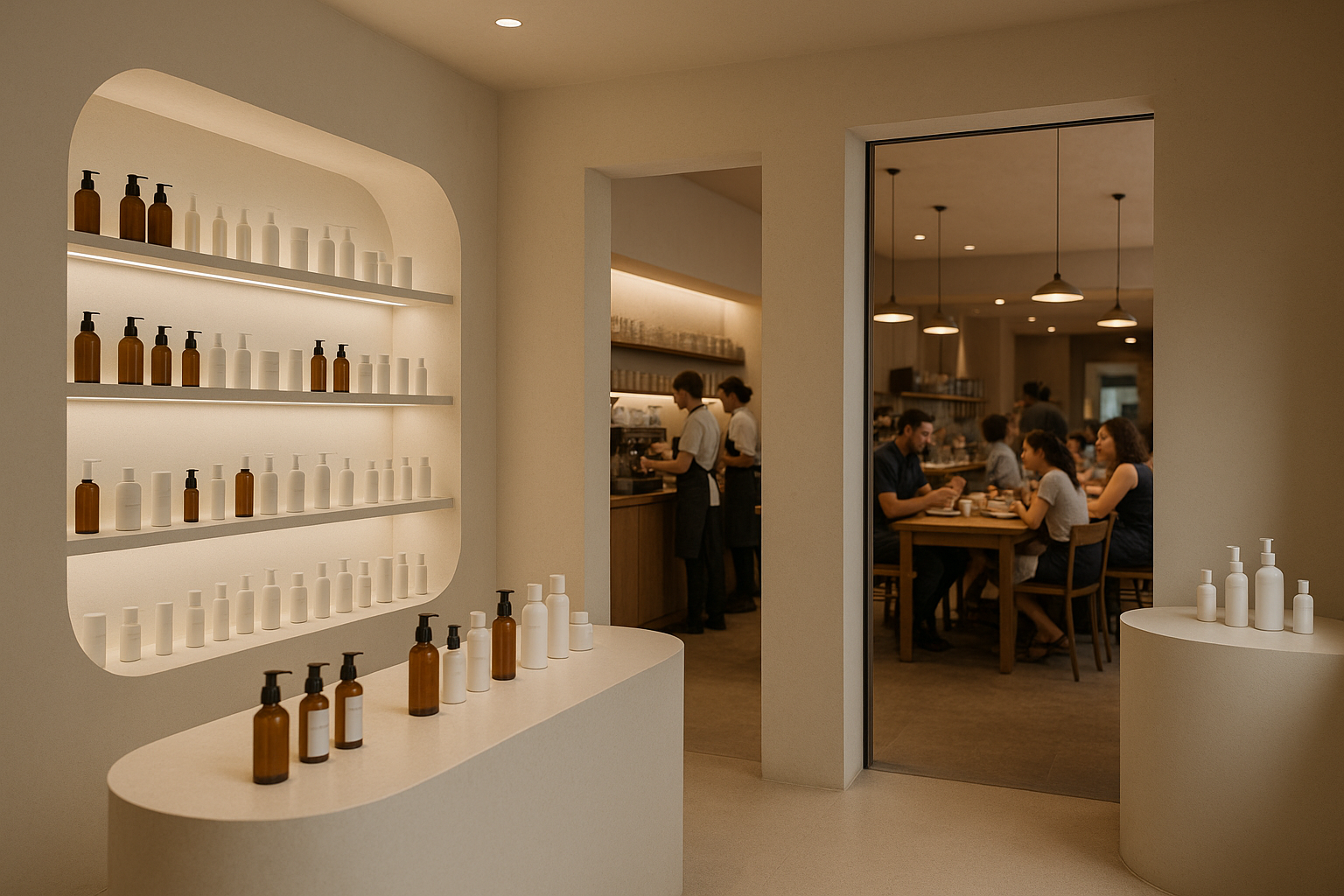Mistakes Premium Brands Make in Retail Fitouts (and How to Avoid Them)
Retail fitouts aren’t just interiors—they’re reflections of your brand. For premium retailers, every surface, fixture, and finish must reinforce your positioning. However, even high-end brands often encounter avoidable pitfalls resulting in cost blowouts, delays, or underperforming stores. Here’s your guide to identifying and sidestepping these common errors.
1. Overdesigning at the Expense of Functionality
Luxury aesthetics matter—but never at the expense of functionality. Slippery stone floors, oversized furniture, or minimal shelving may appear elegant, but can disrupt customer flow and visibility.
Real-life example: A boutique fashion label opted for striking curved timber walls but overlooked adequate storage, leaving stock cluttered and exposed.
How to avoid it: Prioritise layouts balancing form with practical function. Opt for durable, premium materials suitable for daily use.
2. Neglecting the Complete In-Store Experience
Focusing solely on visuals can undermine your brand experience if acoustics, lighting, or scent are ignored.
Real-life example: A skincare flagship’s visually stunning high-gloss finishes were compromised by intrusive café noise, spoiling its spa-like atmosphere.
How to avoid it: Address all sensory touchpoints. Employ acoustic treatments, layered lighting, and subtle scenting to deliver cohesive brand experiences.
3. Failing to Future-Proof Your Fitout
Fitouts anchored too strongly in current trends risk quickly becoming outdated and inflexible.
Real-life example: A homeware brand heavily invested in terrazzo features in 2020 and faced costly rebranding just two years later.
How to avoid it: Choose timeless base materials and modular, adaptable displays. Anticipate future technological and merchandising shifts from the outset.
4. Selecting an Inexperienced Fitout Partner
Not every fitout contractor understands luxury retail requirements. Poor craftsmanship or overlooked compliance can severely impact your brand reputation.
Real-life example: A jeweller faced significant delays due to a builder's failure to meet critical accessibility and lighting compliance standards.
How to avoid it: Engage a fitout partner with proven premium retail experience, comprehensive compliance knowledge, and a strong industry reputation.
5. Rushing Permits and Compliance
Overlooking council approvals or compliance documentation can lead to costly delays.
Real-life example: A café’s opening was delayed by eight weeks due to non-compliant mechanical ventilation and missing Section J documentation.
How to avoid it: Engage your fitout partner early in the process for smooth DA/CDC submissions, compliance management, and coordination with landlords and certifiers.
6. Inconsistent Execution Across Multiple Sites
Variations in materials or finishes can dilute brand consistency when expanding across multiple locations.
Real-life example: A fashion chain found notable inconsistencies in flooring and lighting across different stores due to inadequate documentation.
How to avoid it: Develop detailed fitout manuals clearly specifying drawings, materials, finishes, and brand standards. Maintain consistency by using approved contractors or dedicated project managers.
7. Neglecting Back-of-House Functionality
High-end service starts behind the scenes. Overlooking storage, staff areas, or operational functionality can significantly disrupt business.
Real-life example: A fragrance retailer lacked adequate stockroom space, causing frequent floor disruptions due to restocking.
How to avoid it: Plan thoroughly for stock movements, staff circulation, and waste management early on. Design staff areas with the same level of attention as your retail spaces.
8. Treating Technology as an Afterthought
Retrofitted tech can result in unattractive cabling and disjointed functionality.
Real-life example: A retailer added digital screens after completion, compromising aesthetics due to visible wiring.
How to avoid it: Integrate technology planning alongside joinery and lighting from the earliest design stages to ensure seamless infrastructure.
9. Prioritising Style Over Durability
Premium materials unsuited to daily wear can deteriorate quickly under typical retail conditions.
Real-life example: A footwear store's polished concrete flooring quickly became stained from oils, requiring constant maintenance.
How to avoid it: Opt for commercial-grade materials that provide durability alongside aesthetic appeal, such as engineered stone or UV-resistant finishes.
10. Common Pitfalls During Fitouts—and How to Avoid Them
Poor timeline planning: Delays from overlooked lead times can stall progress.
Fix: Start procurement early and maintain a detailed Gantt chart.
Lack of contingency budget: Allocating all funds upfront leaves no room for surprises.
Fix: Reserve 10–15% of your budget for unforeseen issues.
Disconnect between design and operations: Overly conceptual layouts can fail operational practicality.
Fix: Engage operations teams early; test layouts using 3D or VR modelling.
Top Three Takeaways
Balance aesthetics with practical functionality.
Invest in timeless and adaptable designs.
Partner with an experienced and reputable fitout specialist.
Premium fitouts must not only look exceptional but also perform effectively. Avoid costly mistakes by partnering with the right fitout expert.
At Trinity Shopfitting, we deliver seamless, strategically crafted premium fitouts designed to perform. Reach out today to discuss how we can bring your vision to life.













